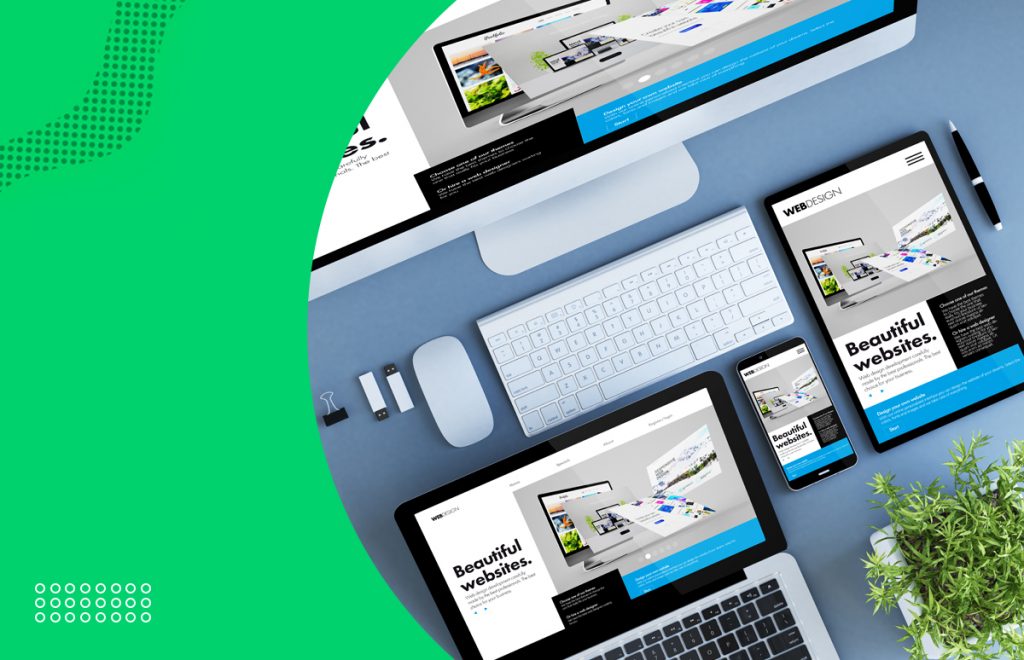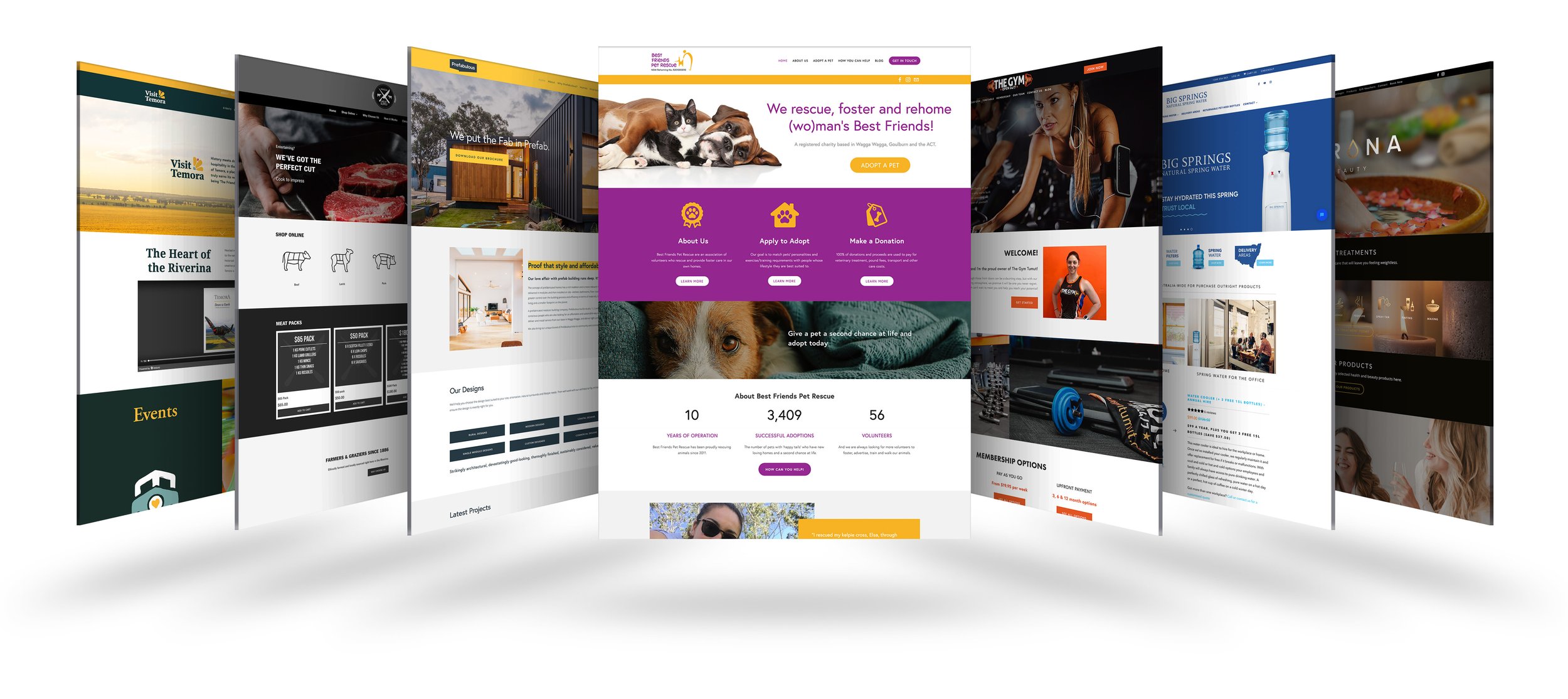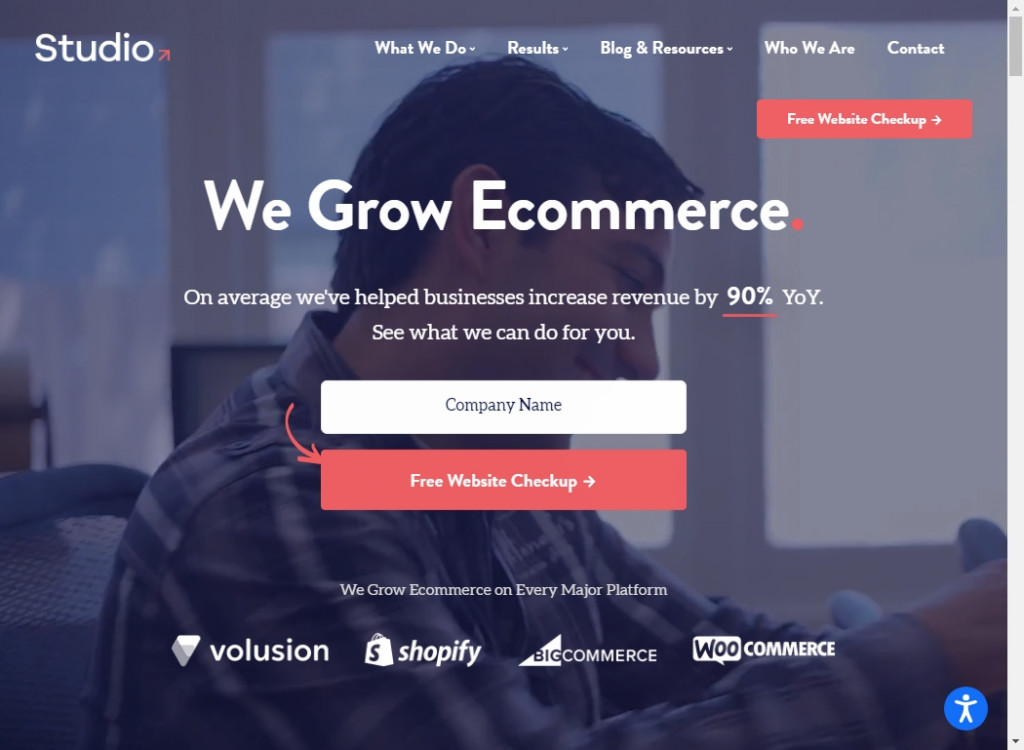How Website Design Can Help Improve User Experience and Engagement
How Website Design Can Help Improve User Experience and Engagement
Blog Article
Increase Engagement With Innovative Site Layout Solutions
An attentively crafted user experience, underpinned by critical aesthetic design and interactive components, can substantially boost user engagement. By checking out numerous approaches such as receptive design and personalized web content, businesses can create a platform that not just captivates users but additionally promotes long-lasting loyalty.

Recognizing Individual Experience
Understanding individual experience (UX) is crucial for producing efficient site design options, as it straight influences how customers connect with electronic systems. A detailed UX approach includes different aspects, including individual, use, and availability complete satisfaction, all of which add to the total performance of a site.
To start with, usability concentrates on how quickly individuals can navigate and locate the info they look for - website design. A well-structured design, instinctive navigating, and clear contact us to action are fundamental components that improve usability. Access ensures that all users, including those with impairments, can efficiently interact with the web site. This entails developing web content that is certified with ease of access requirements and can be quickly accessed making use of assistive innovations.
Additionally, recognizing customer personas is necessary for customizing the experience to satisfy particular audience needs. By conducting individual study and testing, designers can collect insights that inform style choices, guaranteeing the site not only meets aesthetic goals however also fulfills practical demands. Ultimately, a thoughtful method to UX style fosters engagement, motivates retention, and boosts total customer satisfaction, which are crucial for the success of any kind of digital system.
Visual Design Methods
Including effective aesthetic layout techniques is important for recording individual interest and improving the total customer experience on a website. A well-balanced aesthetic pecking order overviews individuals through the content, permitting them to conveniently navigate and absorb details. This can be attained via the calculated use typography, color design, and spacing, which jointly create a natural and appealing layout.
Shade plays a pivotal role in evoking emotions and developing brand name identification. Utilizing a well balanced color combination that lines up with the brand name's values can foster experience and depend on. Furthermore, incorporating high-grade photos and graphics improves visual charm and can dramatically enhance customer engagement.
Whitespace, typically forgot, is equally important as it enables web content to breathe and prevents overwhelming users with clutter. It helps with simpler analysis and understanding, causing a more delightful surfing experience.
Finally, consistency in style aspects-- such as button font styles, symbols, and styles-- makes sure a smooth customer journey, enhancing the brand's professionalism and reliability. By purposefully applying these visual style strategies, web sites can not just attract visitors however likewise encourage them to remain longer and involve more deeply with the web content.
Interactive Aspects for Involvement
Involving users efficiently usually rests on the execution of interactive aspects that welcome engagement and foster a dynamic browsing experience. These elements, including tests, polls, and interactive infographics, motivate users to actively get involved rather than passively eat material. By integrating such features, websites can not just record focus but likewise boost customer retention.

Gamification is another effective strategy. Integrating game-like elements, such as success or incentives for finishing tasks, can change ordinary interactions right into pleasurable experiences. This strategy not only improves interaction however likewise encourages individuals to return, producing a devoted target market.
In addition, interactive aspects navigate to this website can promote social sharing, amplifying a site's reach. Features like remark sections, share switches, and user-generated content locations foster community interaction, turning visitors right into energetic individuals. website design. Inevitably, the calculated use interactive elements is crucial for developing a engaging and appealing site that resonates with customers
Receptive and Flexible Design
A properly designed internet site has to focus on adaptive and receptive design to ensure optimal customer experiences across a range of tools and screen sizes. Responsive design uses fluid grids and versatile pictures, enabling the format to instantly readjust based upon the visitor's display dimension. This technique makes certain that customers can quickly navigate and communicate with the content, regardless of whether they are making use of a desktop computer, tablet, or smart device.
On the other hand, flexible layout utilizes predefined designs that are tailored to specific tool groups. This means that the site identifies the type of gadget being utilized and serves the suitable design, which can improve loading times and enhance the display of necessary aspects. While both approaches aim to improve functionality, responsive style is often favored for its fluidity and seamless shift between devices.
Including responsive and flexible design not only boosts user satisfaction but also favorably impacts internet search engine rankings. Online search engine prioritize mobile-friendly websites, therefore enhancing visibility and bring in more visitors. For that reason, purchasing these layout methods is vital for services aiming to engage their audience properly and keep an affordable side in today's electronic landscape.
Analyzing Individual Feedback and Information
Customer responses and information evaluation are vital elements of reliable web site design, as they give important insights right into customer actions and choices. By methodically taking a look at and accumulating individual feedback through surveys, use screening, and analytics tools, developers can recognize pain factors and locations for renovation. This data-driven method enables companies to adjust their internet other site components, making certain that the customer experience lines up with audience assumptions.
Evaluating metrics such as bounce prices, time on web page, and click-through rates supplies a quantitative perspective on user interaction. These metrics aid developers discern which web content resonates and which areas might need optimization. Additionally, A/B testing can be utilized to review variants in layout, enabling developers to make informed choices based upon customer interactions.
Including user responses not only improves website functionality but also promotes a sense of neighborhood and trust. Engaging with individuals through comments loopholes cultivates loyalty and motivates repeat sees. Ultimately, leveraging individual responses and information evaluation is indispensable to creating a dynamic, user-centered internet site that adjusts to evolving individual demands and preferences, thus driving higher involvement and fulfillment.
Conclusion

An attentively crafted individual experience, underpinned by calculated visual design and interactive components, can considerably improve user engagement.Integrating effective visual design methods is essential for recording individual focus and improving the total individual experience on an internet site.User responses and data evaluation are important parts of efficient web site style, as they give useful insights into customer habits and preferences. Inevitably, leveraging user responses and information evaluation is essential to producing a dynamic, user-centered internet site that adapts to developing customer demands and choices, consequently driving greater interaction and contentment.
In verdict, cutting-edge site layout options substantially improve customer engagement by focusing on individual experience, employing efficient visual methods, and incorporating interactive elements.
Report this page